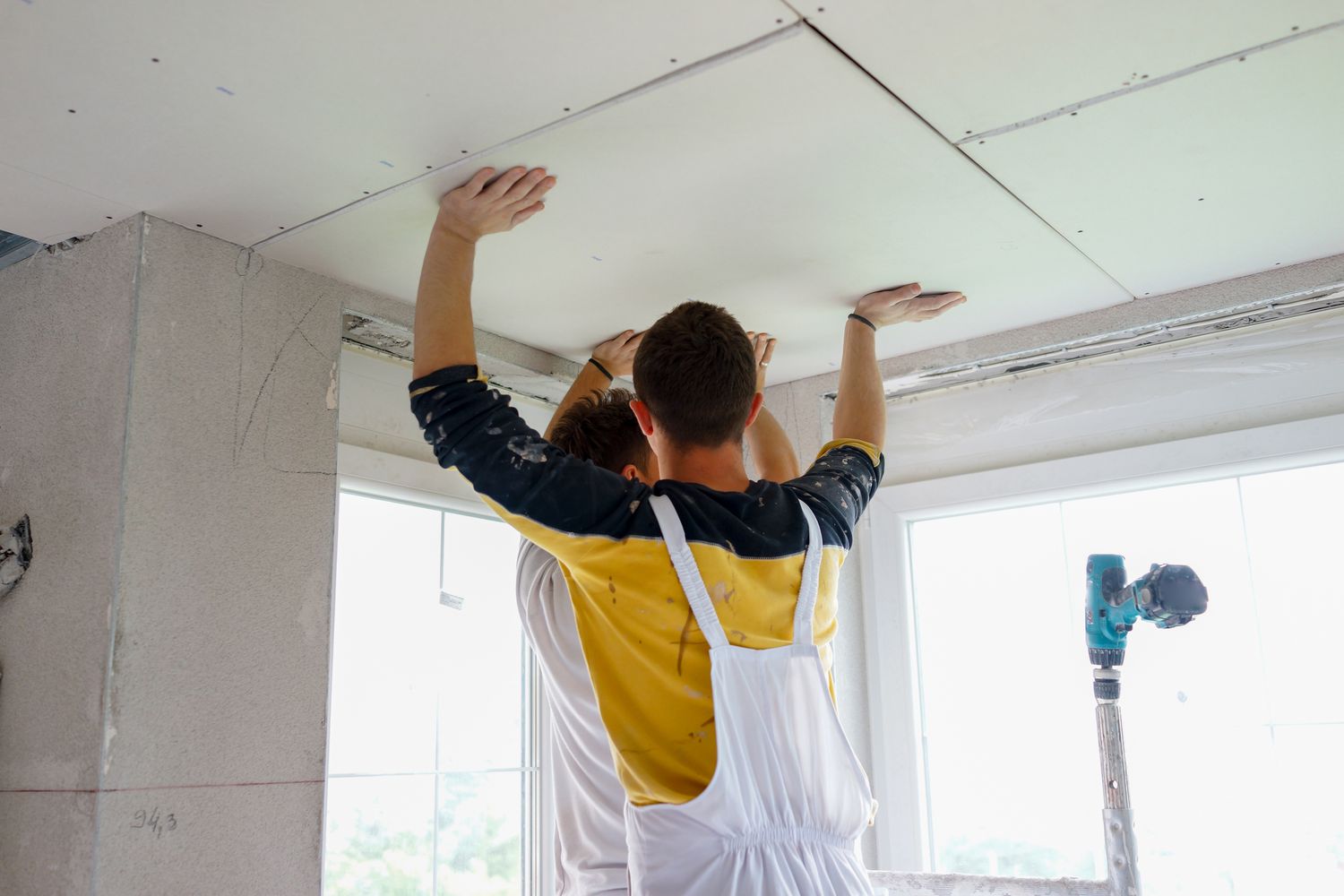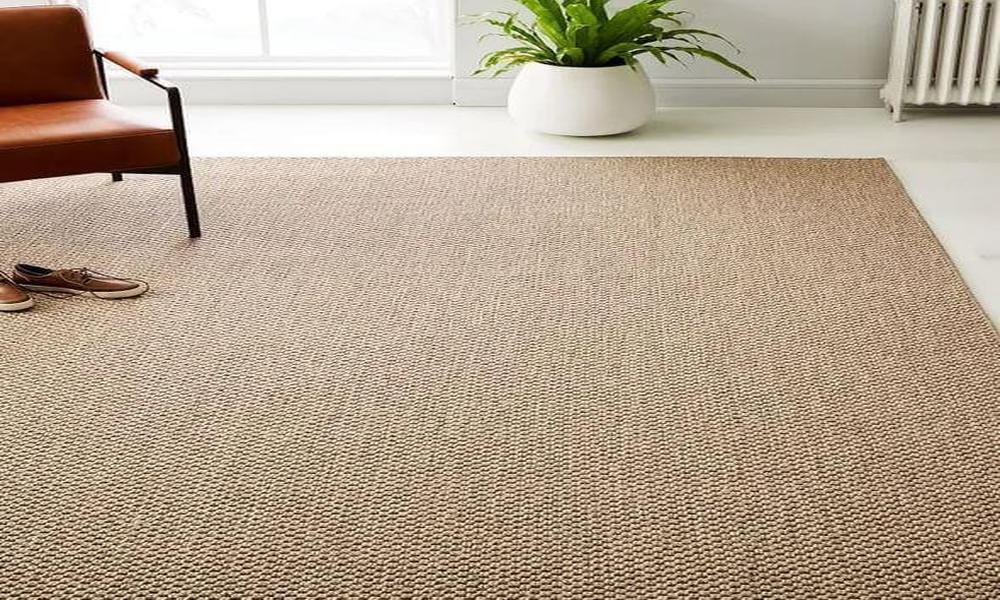
Soundproof foam is a modern solution to an age-old problem—how to enjoy sound and silence at our own discretion.
For many homeowners, musicians, and apartment dwellers, it is the barrier between domestic peace and noise pollution. But did you know that there’s more to acoustic foam than just dampening decibels? Here are some eye-opening facts that shed new “sound” on this commonly misunderstood material.
How Soundproof Foam Affects Energy Efficiency
At first thought, soundproof foam and energy efficiency might seem unrelated. However, acoustic panels can contribute to the energy savings of a space. By reducing sound transmission, they also play a role in thermal control.
When sound waves are disrupted by acoustical treatments, this also prevents heat from escaping through the gaps that allow for sound travel. In a study by the U.S. Department of Energy, they found that in spaces where soundproof foam is effectively installed, the impact on maintaining desired temperatures and, consequently, decreased energy costs, is significant. It’s a quiet contributor to your comfort and your wallet.
The Hidden Environmental Benefits of Soundproof Foam
The eco-friendliness of soundproof foam is often questioned due to its synthetic-looking appearance. However, producers have been actively working towards reducing their environmental footprint.
The industry has seen a shift towards more sustainable production methods, using recycled materials, reduced emissions, and even biodegradable variants. This is particularly important as the global focus on reducing noise pollution grows. Soundproof foam, when purchased from the right vendors, can be an eco-conscious choice, contributing to a noise-free and greener planet.
Innovations in Soundproof Foam Technology
We live in a world where technology is constantly advancing, and acoustic foam is no exception. The latest innovation in soundproof foam technology comes in the form of tunable acoustic panels.
These next-generation materials allow for adjustable sound absorption to match the changing needs of a space. Whether it’s an auditorium that shifts its acoustic profile for music versus speech or a home office with adjustable background noise levels, tunable acoustic panels offer unparalleled flexibility.
Another breakthrough is the integration of smart technology, where acoustic panels are controlled remotely or automatically tailored through various sensor inputs.
Soundproof Foam and Health Benefits
An often overlooked aspect of soundproof foam is its potential to significantly improve health outcomes. Excessive noise pollution has been linked to a variety of health issues, including stress, poor sleep quality, and even cardiovascular problems.
Effectively dampening unwanted sounds, soundproof foam can create a quieter, more serene environment conducive to relaxation and concentration. This not only enhances productivity in workspaces but also promotes better overall mental and physical health in residential settings.
Economic Impacts of Acoustic Foam Application
Beyond personal use, the application of soundproof foam has broader economic implications, particularly in the commercial sector. Businesses such as recording studios, cinemas, and even restaurants, benefit immensely from acoustic treatments, which can directly influence customer satisfaction and retention.
Improved sound quality and reduced noise pollution can enhance the consumer experience, leading to stronger reviews, increased patronage, and ultimately, higher revenue. Furthermore, in industries where clear communication is important, such as broadcasting or customer service centres, acoustic foam plays a role in ensuring message clarity, thereby improving operational efficiency.
The economic benefits of soundproof foam extend far beyond its initial purpose, making it an essential tool for businesses aiming to provide a superior experience.
The Role of Soundproof Foam in Educational Settings
Educational environments also reap the rewards of implementing soundproof foam within their structures.
Classrooms, libraries, and lecture halls equipped with acoustic treatments can significantly reduce external noises and internal echoes, creating a setting that enhances students’ focus and comprehension. This is critically important in fostering an inclusive learning environment where students with auditory processing issues or those who are easily distracted can equally benefit.
Moreover, in educational facilities that double as community spaces for events and presentations, the adaptability provided by soundproofing ensures these spaces can serve multiple purposes without compromising on the quality of sound or learning experience.
This versatility underscores soundproof foam’s importance not just in improving individual concentration, but also in enriching educational outcomes across a broad spectrum of needs and functions.
Tips for Choosing the Right Soundproof Foam for Your Space
When it comes to selecting the right soundproof foam, it’s not just about grabbing the first roll off the shelf. Consider the NRC (Noise Reduction Coefficient) rating, the flammability rating, and, of course, the appearance.
The NRC rating indicates how much sound a material can absorb; the higher the number (on a scale from 0 to 1), the better. For safety, especially in public places, look for foam with high fire-retardant properties.
Finally, match the foam’s appearance—colour, texture, thickness—with the aesthetic of your space. It’s the trifecta of soundproofing success—function, safety, and style.
Conclusion
The role of soundproof foam in modern living is expanding, with new findings showcasing its potential in diverse areas. From promoting energy efficiency to aiding in environmental protection, and from developments in material science to the science of human comfort, soundproof foam is becoming a multi-faceted solution for a peaceful environment.
If you’re looking to renovate your home for tranquillity or improve the acoustics of your studio for better sound, soundproof foam has a pivotal role to play. And with technology continuing to evolve, the future of soundproof foam looks quieter—and brighter—than ever.




